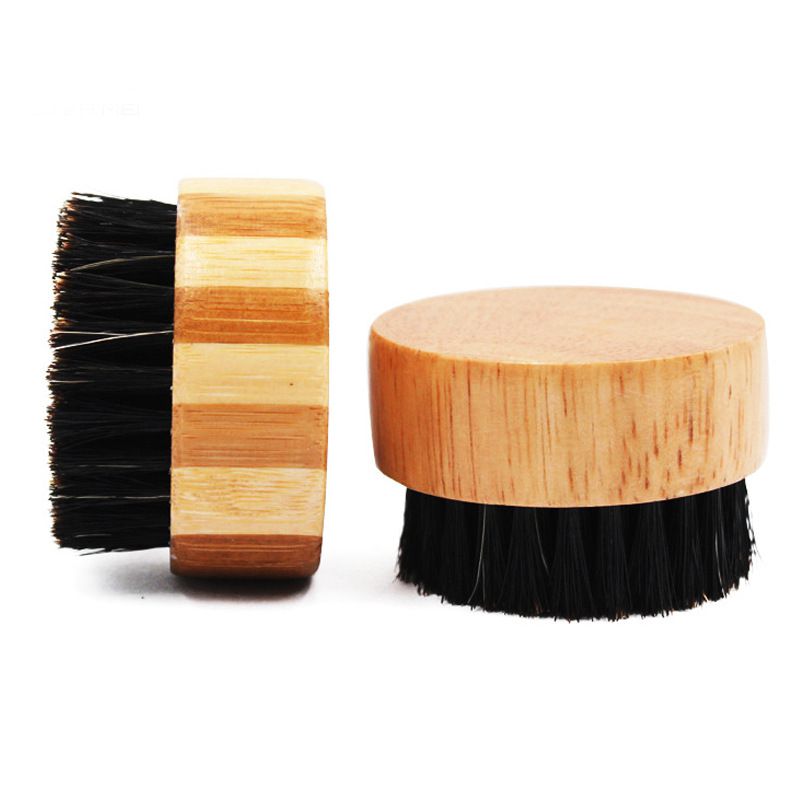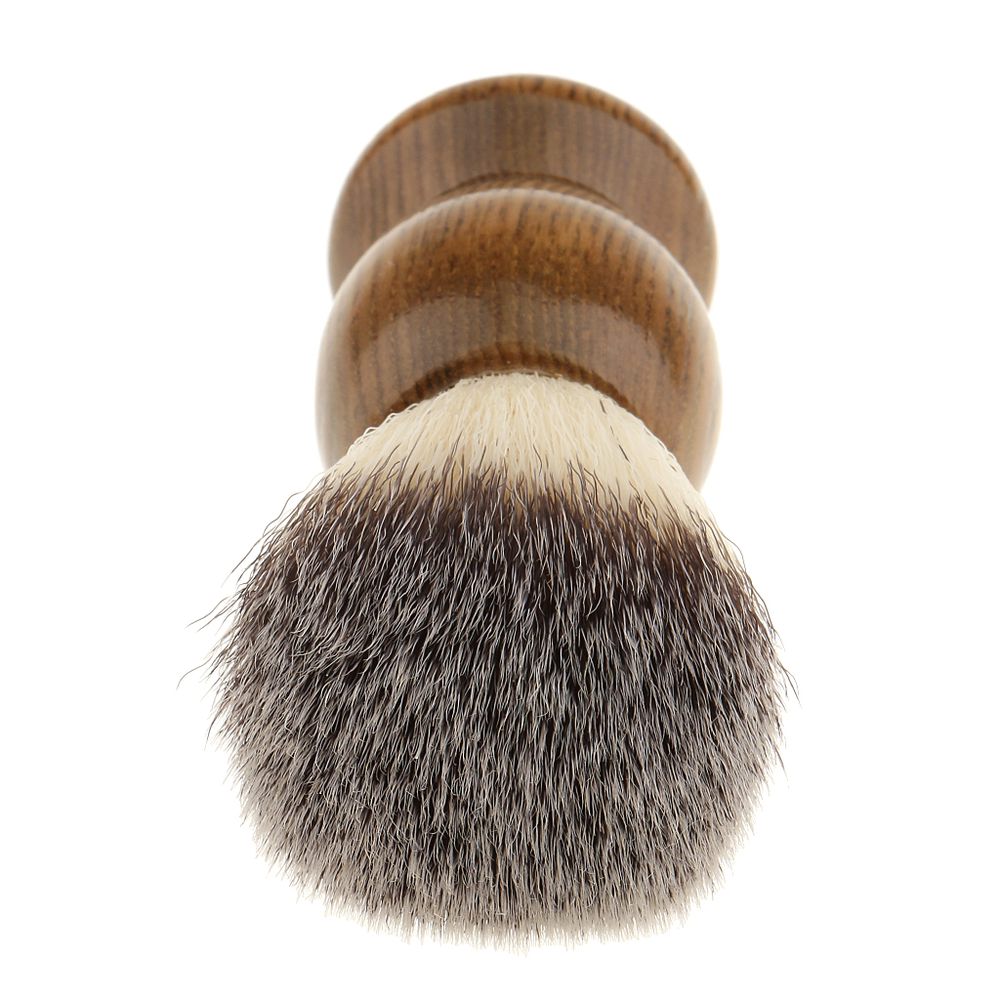Industry news
Shaving Brush Cleaning and Maintenance: Best Practices Revealed
- 161 Views
- 2025-07-28 02:31:05
Shaving Brush Cleaning and Maintenance: Best Practices Revealed
A high-quality shaving brush is more than a tool—it’s the cornerstone of a luxurious, effective wet shaving ritual. Whether crafted from premium badger hair, resilient synthetic fibers, or sustainable boar bristle, its performance hinges on proper care. Yet, many enthusiasts overlook maintenance, leading to brittle bristles, bacterial buildup, and shortened lifespans. In this guide, we’ll break down the science of preserving your shaving brush, from daily habits to long-term care, ensuring it remains a reliable companion for years.
Why Cleaning & Maintenance Matter

A neglected shaving brush doesn’t just underperform—it risks your skin and investment. Here’s why care is non-negotiable:
- Bristle Elasticity: Residual shaving cream and soap oils coat bristles over time, weighing them down and stripping natural flexibility. Stiffened bristles struggle to generate rich lather, turning a smooth shave into a tugging chore.

- Bacterial Risks: The warm, damp environment of a post-shave brush is a breeding ground for mold, mildew, and bacteria. This leads to foul odors and can trigger breakouts or irritation, especially for sensitive skin.

- Longevity: A well-maintained badger hair brush, for example, can last a decade; a neglected one might fray or shed within a year. Proper care transforms a “splurge” into a long-term value.
Daily Cleaning: Quick Habits for Freshness
Daily maintenance takes 30 seconds but prevents 90% of common issues. Follow these steps after every shave:
1. Rinse Thoroughly: Hold the brush under lukewarm (never hot) running water. Gently swirl the bristles to dislodge trapped cream—continue until the water runs clear. Hot water weakens the adhesive holding bristles to the handle, so stick to warm.
2. Pat, Don’t Twist: Squeeze excess water from the bristles using light pressure between your palms. Avoid wringing or twisting, which strains the bristle roots and causes premature shedding.
3. Reshape & Air-Dry: Use your fingers to reshape the bristles into their natural dome or fan shape—this prevents misshaping as they dry. Hang the brush bristles-down from a stand; this ensures water drains away from the handle, avoiding wood rot (for wooden handles) or resin cracking.
Deep Cleaning: Monthly Detox for Stubborn Buildup
Even daily rinsing leaves behind invisible oils. Deep clean once a month (or biweekly for heavy users) to dissolve grime:
- Mild Cleanser: Mix a drop of baby shampoo or specialized brush cleaner in a bowl of lukewarm water. Avoid harsh soaps—they strip natural oils from animal hair bristles, leaving them dry.
- Gentle Soak: Submerge only the bristles (never the handle!) for 3–5 minutes. Swirl gently to loosen oils, then use your fingertips to massage the bristle tips.
- Rinse & Repeat: Rinse thoroughly under running water, then follow the daily drying steps. For synthetic brushes, a quick soak in white vinegar (1:3 vinegar-to-water ratio) can cut through stubborn residue—just rinse extra well to avoid scent.
Storage & Drying: The “Hidden” Longevity Hack
Even clean brushes fail if stored poorly. Follow these rules:
- Avoid Humidity: Keep your brush in a well-ventilated area, away from shower steam or bathroom dampness. A linen closet or vanity shelf works better than a sealed cabinet, which traps moisture.
- No Direct Heat/Sunlight: Hairdryers, radiators, or sunny windows warp handles and dry out bristles. Let air do the work.
- Travel Smart: Use a hard-shell brush case with ventilation holes to protect bristles during trips. Pack only fully dry brushes to prevent mold growth mid-journey.
Common Mistakes to Avoid
Steer clear of these pitfalls that sabotage your brush:
- Over-Cleaning: Daily deep cleaning erodes bristle strength. Stick to rinsing daily, deep cleaning monthly.
- Soaking the Handle: Water seeping into the handle’s ferrule (metal ring connecting bristles to handle) loosens glue over time. Always keep handles dry during cleaning.
- Ignoring Shedding: A few stray bristles are normal—excessive shedding means you’re twisting too hard or using hot water. Adjust your routine immediately.
Final Tip: Invest in Quality, Maintain Consistently
A premium shaving brush deserves care that matches its craftsmanship. By pairing daily rinsing, monthly deep cleans, and smart storage, you’ll enjoy lusher lathers, softer skin, and a tool that ages gracefully. Remember: great shaves start with great care.











